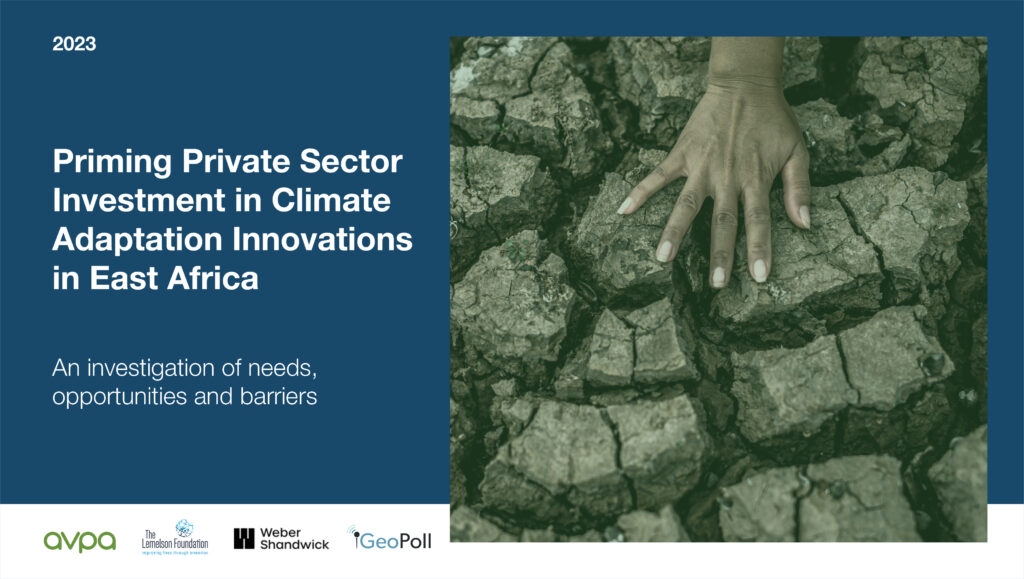Understanding the Underestimation of Climate Adaptation Returns
Climate adaptation is a critical aspect of addressing the challenges posed by climate change. While the benefits of investing in adaptation strategies are widely recognized, the returns on these investments are often underestimated.
Critical Appraisal of Climate Adaptation Returns
One of the reasons for the underestimation of climate adaptation returns is the difficulty in quantifying the full spectrum of benefits. Traditional financial metrics may not capture the long-term value of adaptive measures, such as improved resilience, reduced risks, and ecosystem services.
Importance of Holistic Assessment
It is crucial to conduct a holistic assessment that considers both the tangible and intangible benefits of climate adaptation. This includes evaluating the social, environmental, and economic impacts of adaptation efforts to provide a more accurate picture of the returns on investment.
Future Prospects in Climate Adaptation
As the effects of climate change continue to escalate, the need for effective adaptation strategies will become even more pronounced. Embracing a proactive approach to climate adaptation and recognizing the true returns on investment will be essential for building resilient communities and ecosystems in the face of a changing climate.
Key Findings on Investment Impacts for Climate Resilience
Investing in climate resilience is not just an urgent necessity but also a strategic financial move that can yield substantial impacts on both economies and societies worldwide. The key findings on investment impacts for climate resilience underscore the pivotal role that proactive measures play in safeguarding our future.
Research indicates that for every dollar invested in climate resilience, the return can be as high as $6 in avoided costs due to climate-related disasters and damages. This highlights the compelling economic argument for prioritizing investments in resilience-building initiatives.
Furthermore, a growing body of evidence suggests that businesses and communities that integrate climate resilience into their operations not only enhance their preparedness for extreme weather events but also ensure long-term sustainability and competitiveness.
Global institutions like the World Bank emphasize that investing in climate-resilient infrastructure and practices can significantly reduce vulnerabilities, boost adaptive capacity, and create opportunities for innovation and growth in various sectors.
From a broader perspective, the success of climate resilience investments is not just measured in monetary terms but also in terms of enhanced ecosystem services, improved public health, and social cohesion. These investments can catalyze transformative changes that enhance the overall well-being of communities and ecosystems.
Exploring Financial Benefits of Climate Adaptation Strategies
Climate adaptation strategies not only contribute to environmental sustainability but also offer numerous financial benefits to businesses and communities. By implementing these strategies, organizations can save on costs associated with energy consumption, water usage, waste management, and infrastructure maintenance.
Boosting Resilience and Cost Savings
Effective climate adaptation measures can enhance resilience against extreme weather events, reducing the risks of property damage and operational disruptions. This, in turn, leads to significant cost savings in terms of repairs, replacements, and downtime.
Long-Term Investment with High Returns
Investing in climate adaptation is a forward-thinking strategy that provides long-term benefits. By adopting sustainable practices and technologies, businesses can improve efficiency, attract eco-conscious customers, and establish a positive brand image, leading to increased profitability and market competitiveness.
Future Implications for Climate Investment Decisions
Breaking Down the Headlines
As climate change accelerates and sustainability becomes a key focus globally, the implications for climate investment decisions are gaining significant attention. The increasing urgency to mitigate environmental risks and transition towards renewable energy sources is reshaping investment strategies across various sectors.
The Bigger Picture
Climate investment decisions go beyond financial returns; they now factor in environmental impact, social responsibility, and long-term sustainability. Companies and investors alike are recognizing that aligning their strategies with climate goals is not just a moral imperative but also a strategy for future resilience and competitiveness.
What This Means Going Forward
The future of climate investment decisions will likely see a shift towards more sustainable and environmentally friendly projects. Investors may increasingly prioritize companies with robust ESG (Environmental, Social, and Governance) practices, driving a transformation in industries towards greener technologies and practices. Governments and regulatory bodies are expected to play a crucial role in shaping policies that incentivize and regulate climate-conscious investments.
